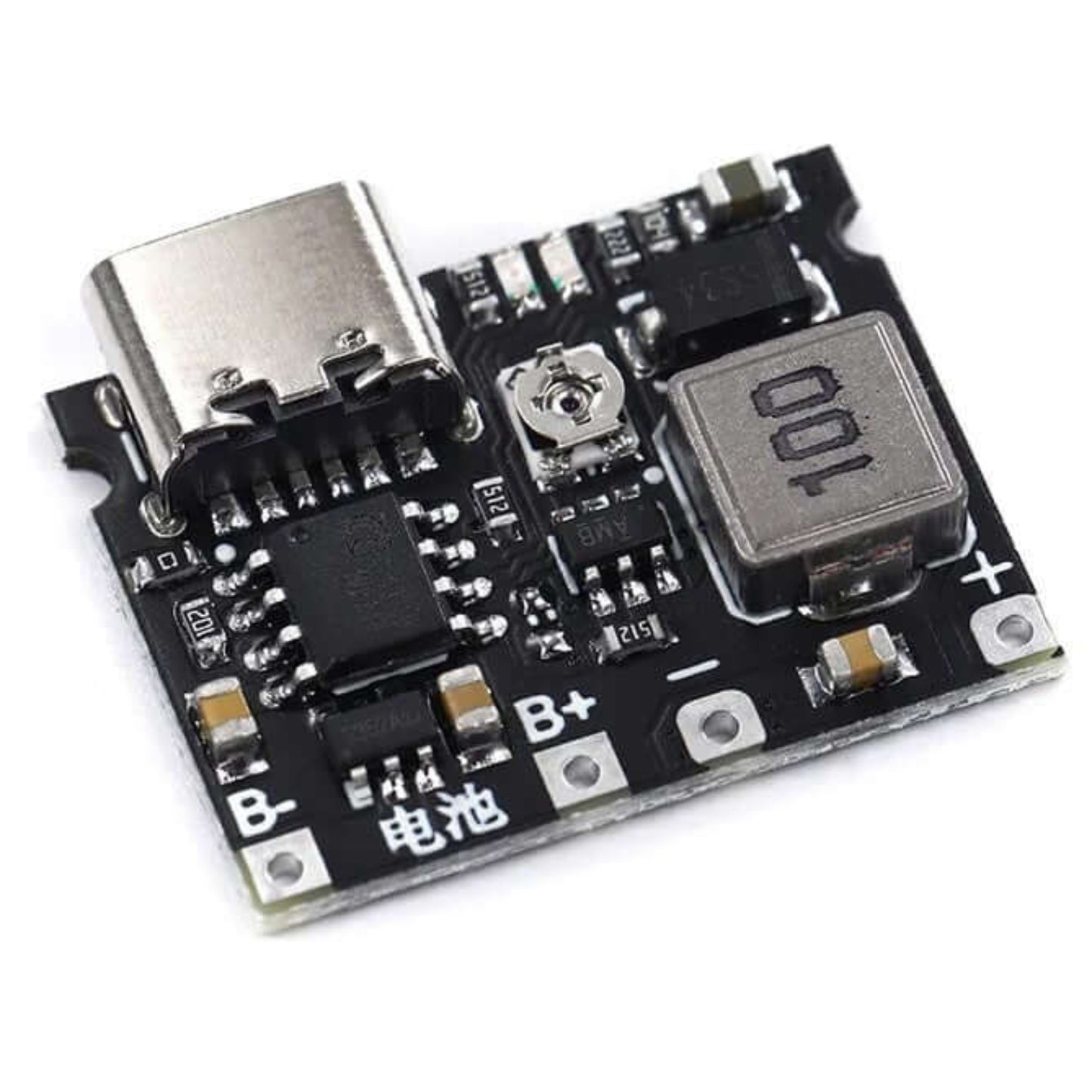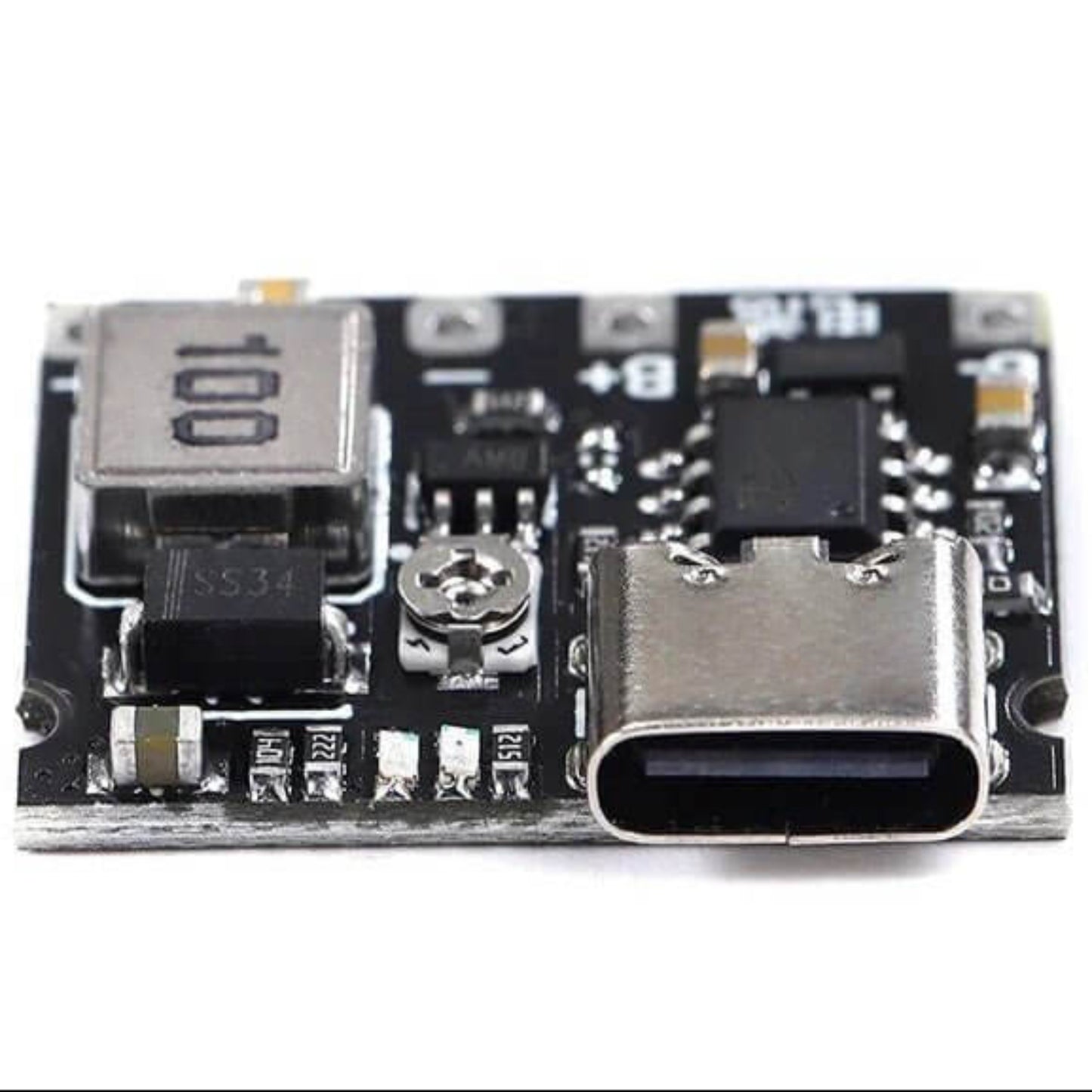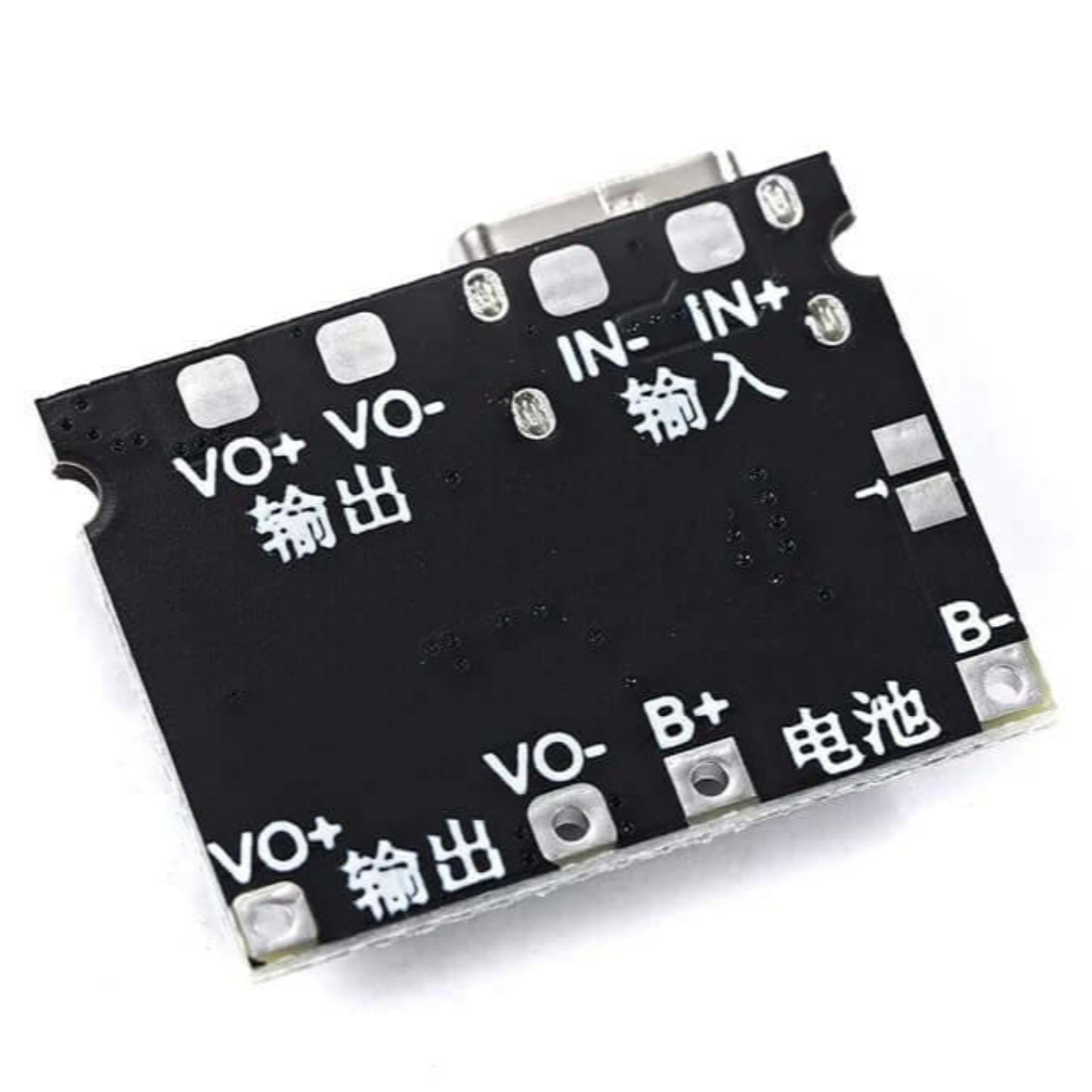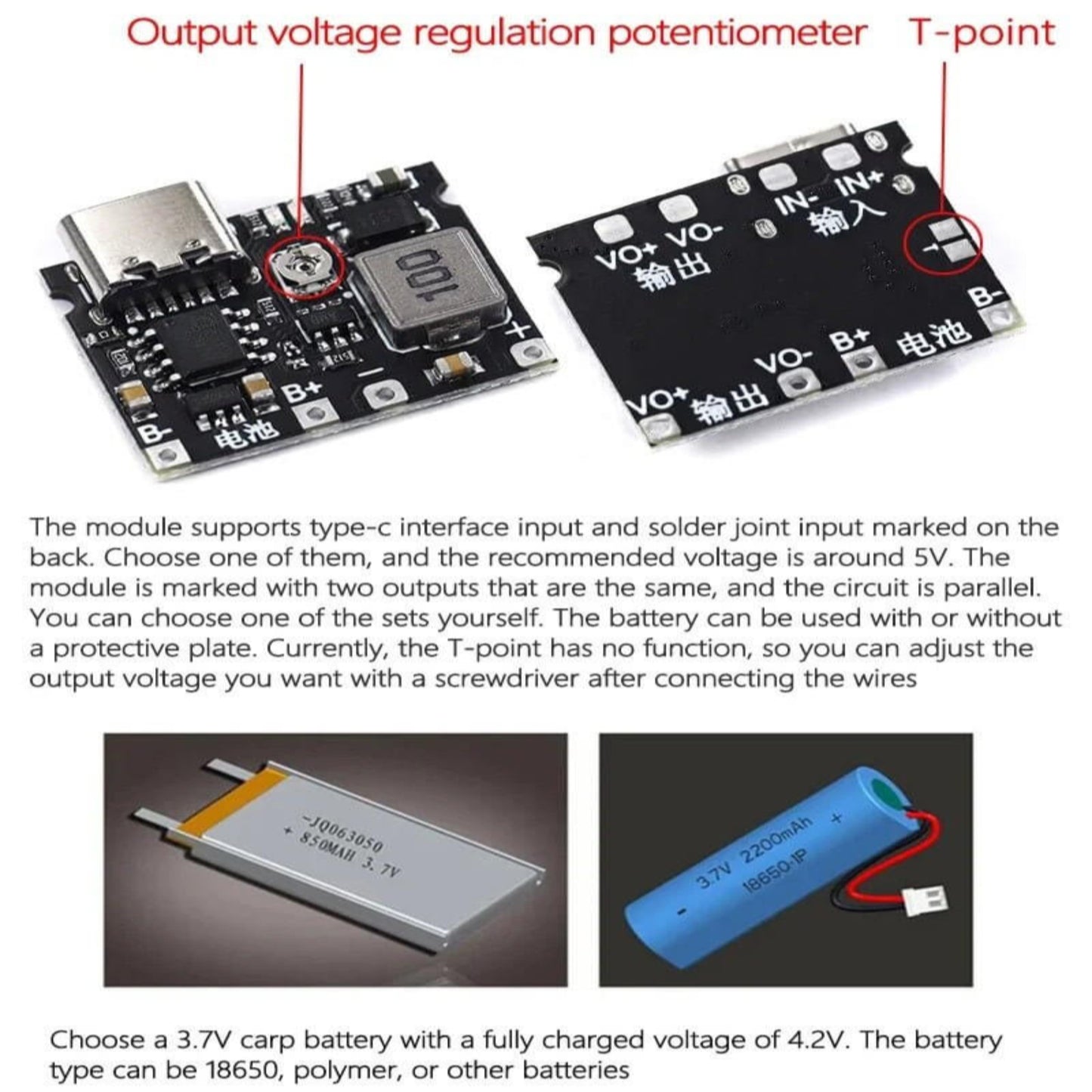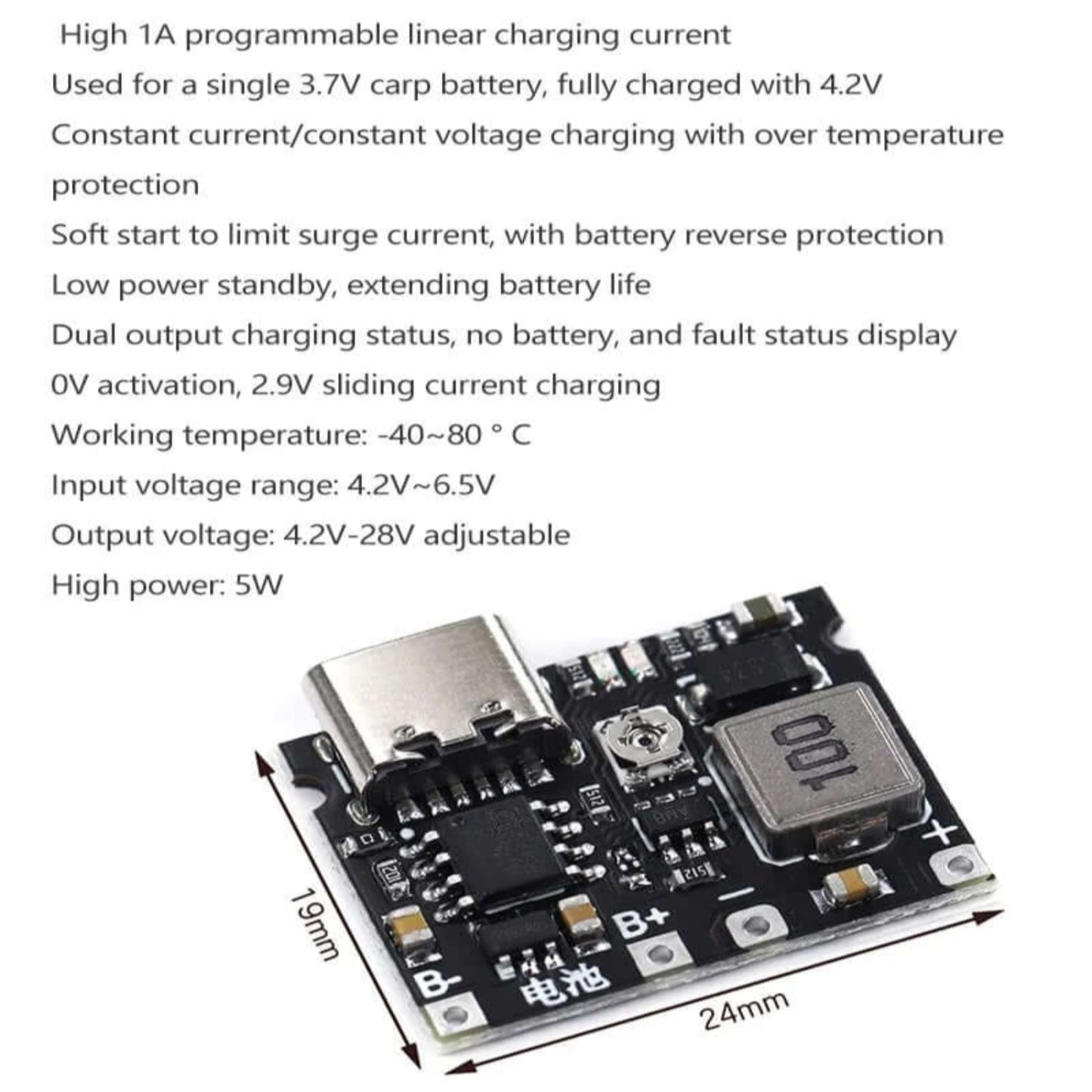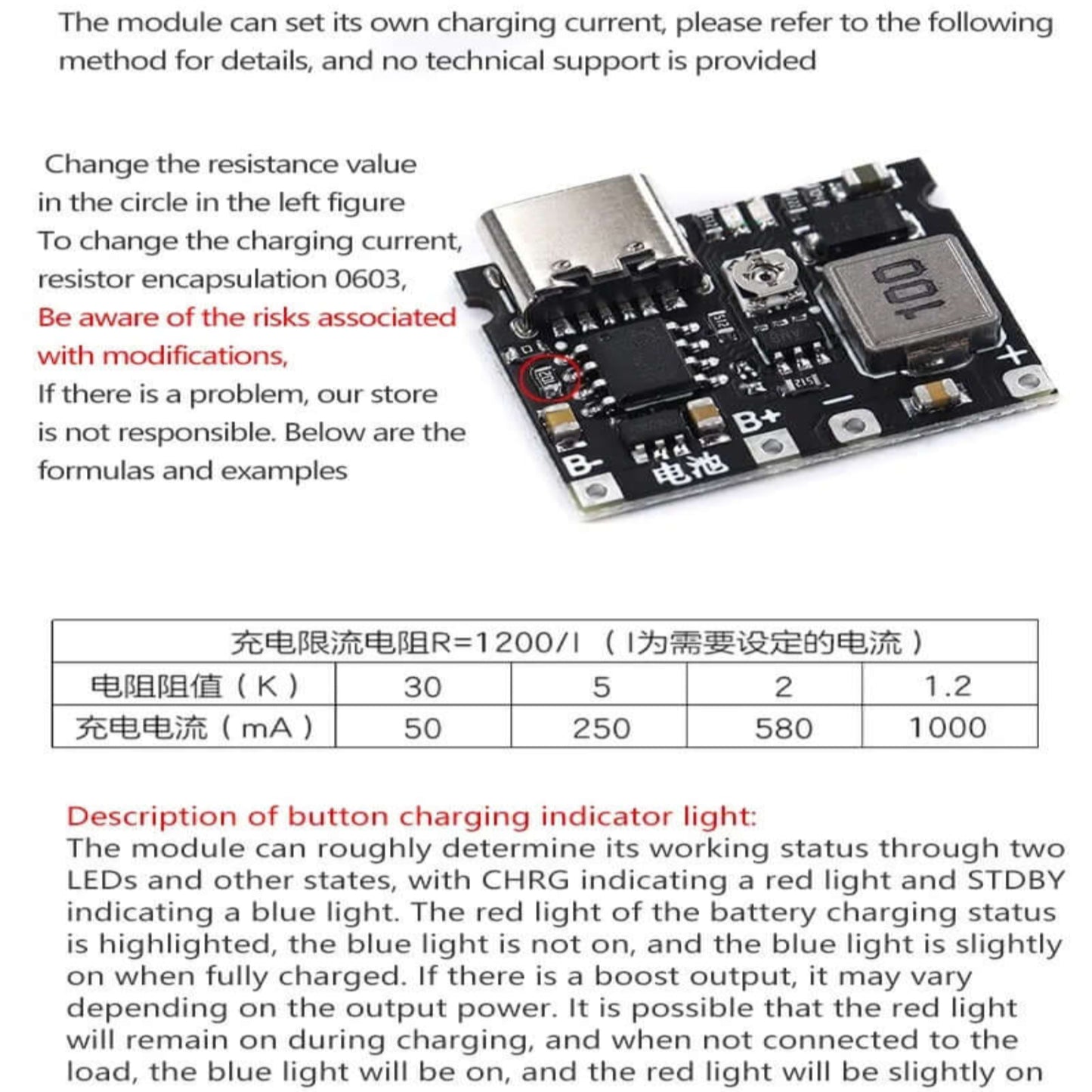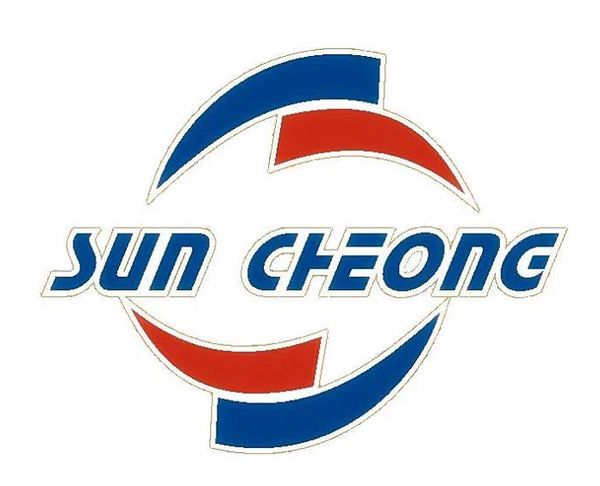3.7V Lithium Battery Charger Board | DC-DC Step-Up Boost Module
3.7V Lithium Battery Charger Board | DC-DC Step-Up Boost Module
Couldn't load pickup availability
Delivery Options
Delivery Options
- Local delivery within Hong Kong and in-store pickup.
- Free shipping for orders of HK$400 or above; HK$35 shipping fee for orders below HK$400.
- Shipped by SF Express, usually dispatched the same day for orders confirmed before 6:00 PM (Mon–Sat).
- Estimated delivery time: 1–3 business days after dispatch (Hong Kong).
- In-store pickup details (location and time) will be confirmed by email or phone message.
- Delivery times are estimates and may be affected by weather or unforeseen circumstances.
3.7V Lithium Battery Charger & Boost Module with Type-C USB
Power up your projects with our ultra-compact and high-performance 3.7V Lithium Battery Charger Board! This versatile DC-DC Step-Up Boost Module is perfect for DIY enthusiasts and electronics projects, offering both reliable charging and adjustable voltage output.
Why You Need This Module:
- Compact & Efficient Design: Featuring an ultra-thin, mini design with half-hole screw holes and selected premium materials for durability and performance.
- Versatile Charging: Supports single 3.7V Li-ion batteries (like 18650, polymer), fully charging them to 4.2V.
- Adjustable Output Voltage: Boosts voltage from 4.2V up to 28V, allowing you to power a wide range of devices.
- Smart Charging Protection: Equipped with constant current/constant voltage (CC/CV) charging, over-temperature protection, soft start to limit inrush current, and reverse battery protection.
- Dual Status Indicators: Clear LED indicators (Red CHRG, Blue STDBY) show charging progress, full charge, no battery, and fault status.
- Flexible Input: Choose between a convenient Type-C USB interface or solder joint input on the back. Recommended input voltage is around 5V.
- 0V Activation & Trickle Charge: Safely revive deeply discharged batteries with 0V activation and 2.9V trickle charging.
- High Power Output: Delivers a maximum power of 5W, suitable for various applications.
Key Features & Parameters:
- Operating Temperature: -40°C ~ 80°C
- Input Voltage Range: 4.2V ~ 6.5V
- Output Voltage: 4.2V - 28V (Adjustable)
- Maximum Power: 5W
- Charging Current: Up to 1A programmable linear charge current
- Battery Compatibility: 3.7V Lithium (Li-ion 18650, Polymer, etc.)
Understanding the Charging Indicator Lights:
The module uses two LEDs to indicate its working status:
- Charging: Red light (CHRG) is bright, Blue light (STDBY) is off.
- Fully Charged: Blue light (STDBY) is on, Red light (CHRG) is slightly dim.
- Boost Output Active: Behavior may vary based on output power. Red light might stay on during charging.
- No Connection/No Load: Blue light is on, Red light is slightly dim.
Simple Setup & Battery Connection Guide:
The module supports both Type-C USB and solder joint inputs. Both output ports are identical and wired in parallel.
Connecting Your Battery:
- For Batteries with a Protection Board: Choose a module without built-in discharge protection. After connecting B+ and B-, you must short the 'T' point for proper charging and discharging.
- For Batteries WITHOUT a Protection Board: CRITICAL: Choose a module with discharge protection (if available for this specific product, or ensure your battery has external protection). Connecting the battery to B+ and B- without a protection board requires you NOT to short the 'T' point, as this will disable the discharge protection and can damage your battery.
Adjusting Output Voltage: Once wires are connected, use a small screwdriver to adjust the desired output voltage via the onboard potentiometer.
Important Usage Notes:
- Normal Heating: This product uses linear charging, so some heat generation during operation is normal and safe.
- Parallel Connection Only: Batteries should only be connected in parallel, never in series.
- Optimal Charging Current: The ideal charging current is 0.37C of your battery's capacity (e.g., 400mA for a 1000mAh battery).
- Cable Quality Matters: Ensure charging wires are not too thin or too long to minimize resistance, which can affect battery voltage after charging.
- Good Battery Connection: A solid connection to the battery is crucial to prevent significant voltage drop after charging.
- Heat with High Boost Current: It's normal for the module to generate heat when the boost current is high. Higher power output equals more heat. The chip has built-in overheating protection for safe operation.
